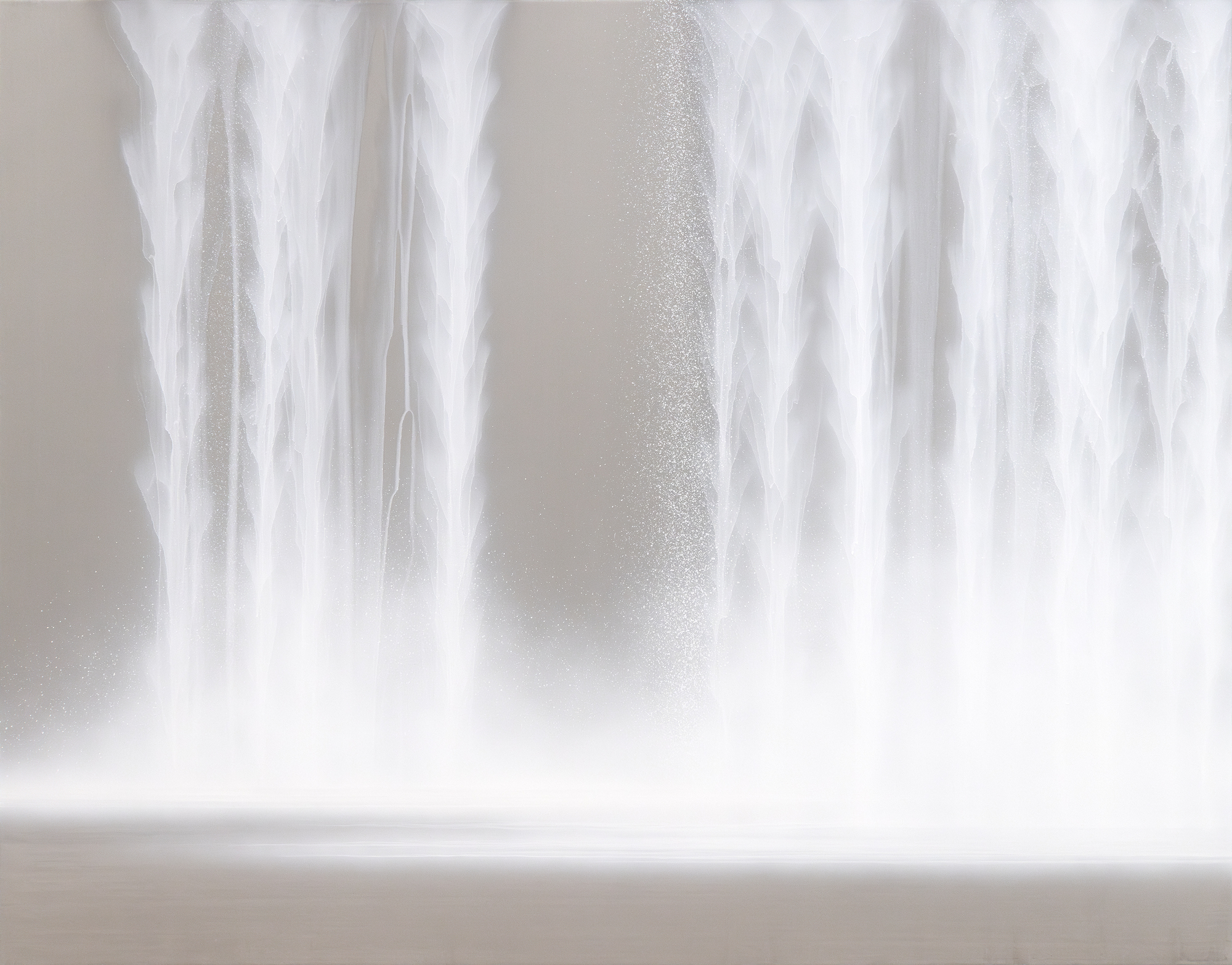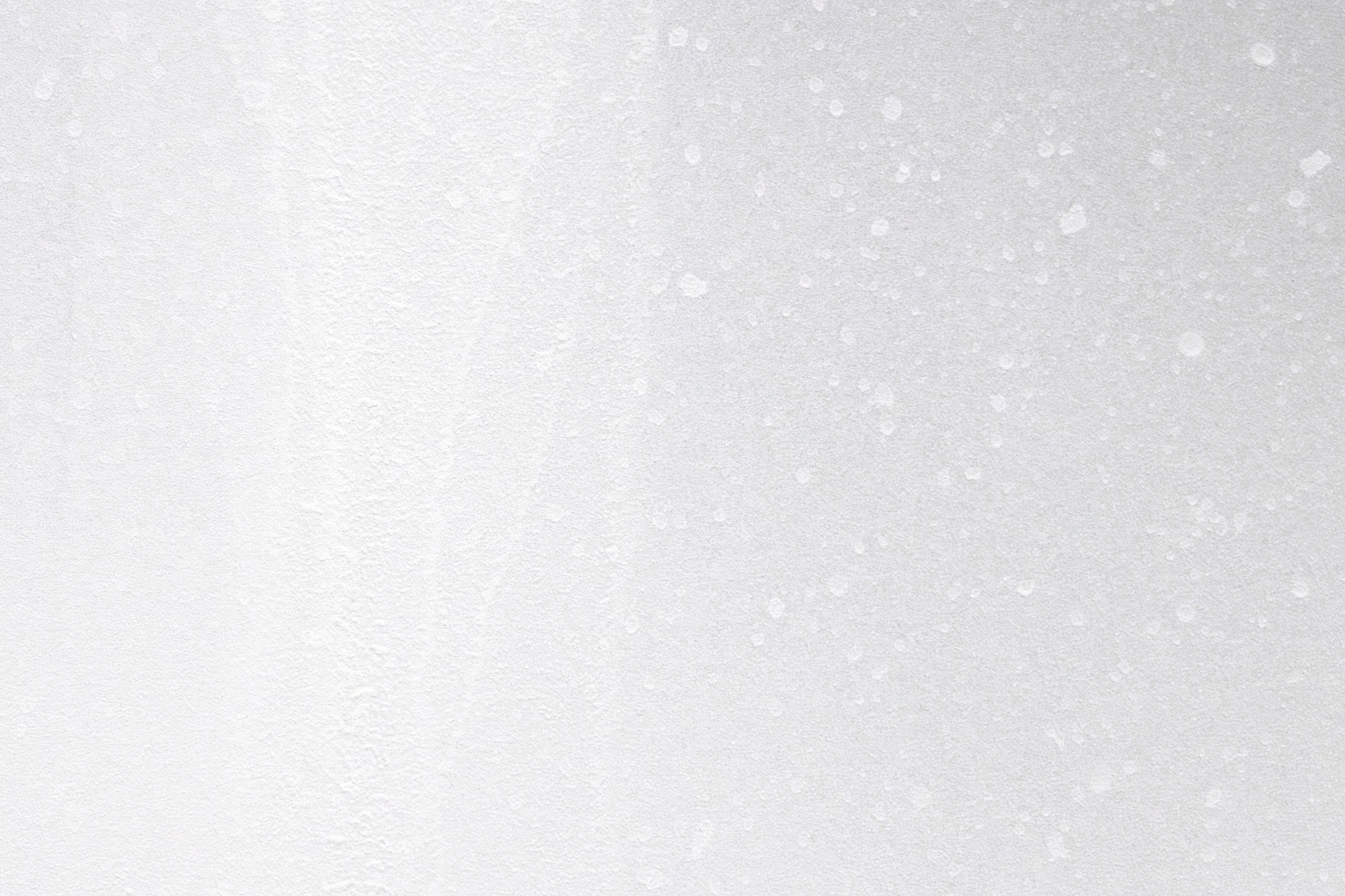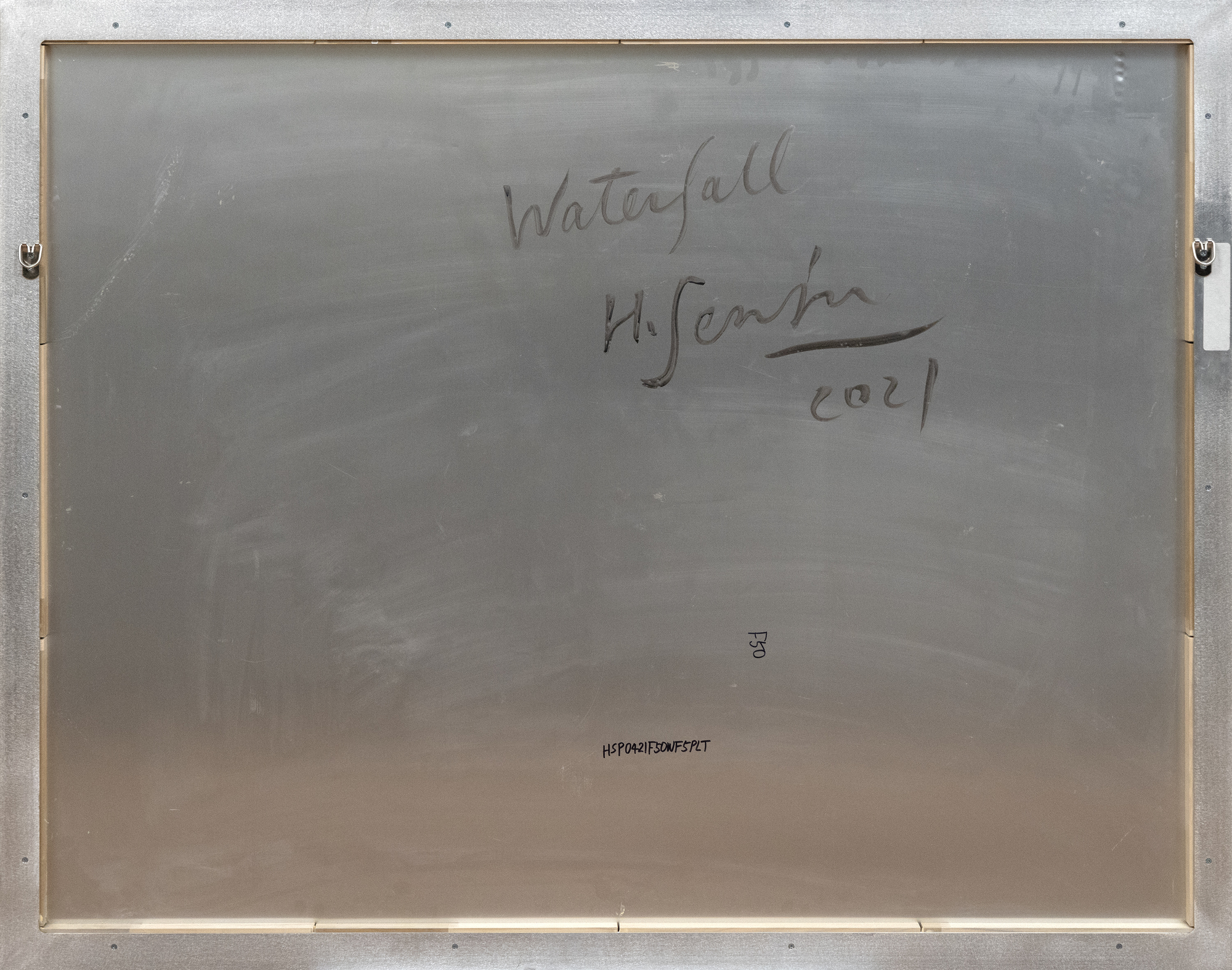HIROSHI SENJU (geb. 1958)










Provenienz
Private SammlungPreis325,000
Senjus Finesse ist durchweg offensichtlich. Er verwendet Maulbeerpapier, ein traditionelles japanisches Material, das für seine feine Textur und Stärke bekannt ist. Die natürlichen Fasern des Papiers absorbieren die Pigmente auf eine Weise, die subtile Farbverläufe und Fließeffekte erzeugt, die den visuellen Effekt des herabstürzenden Wassers verstärken. Er wendet traditionelle Nihonga-Techniken an, wie z. B. die Schichtung von Lavierungen, um Tiefe und Bewegung zu erzeugen, und die Verwendung verschiedener Pinselstriche, um unterschiedliche Effekte zu erzielen. Darüber hinaus setzt er moderne Methoden wie die Airbrush ein, um feine Pigmentnebel aufzutragen und so sanfte und nahtlose Farbverläufe zu schaffen, die die zarten Gischt- und Dampfschwaden des herabstürzenden Wassers imitieren.
Hiroshi Senju ist eine Hommage an die traditionellen Kunstformen seines Erbes und überschreitet gleichzeitig die Grenzen der zeitgenössischen Kunst. Seine Fähigkeit, das Erhabene durch Einfachheit und Abstraktion zu vermitteln, macht dieses Kunstwerk zu einem Zeugnis seiner einzigartigen Vision und künstlerischen Meisterschaft. Es ist eine heitere Erinnerung an die zeitlose Schönheit der Natur, eingefangen durch die Fähigkeiten eines meisterhaften Malers und Künstlers.


